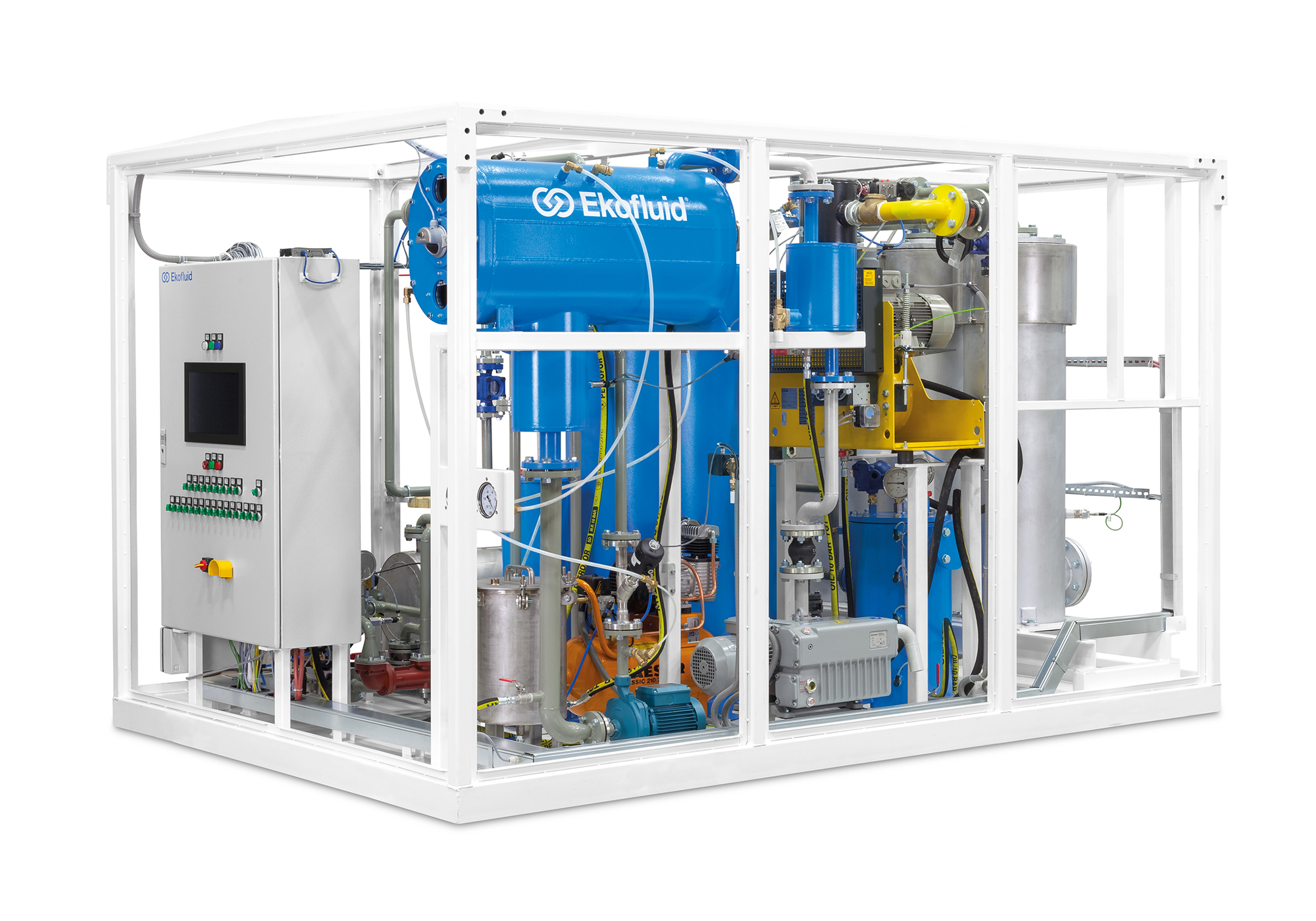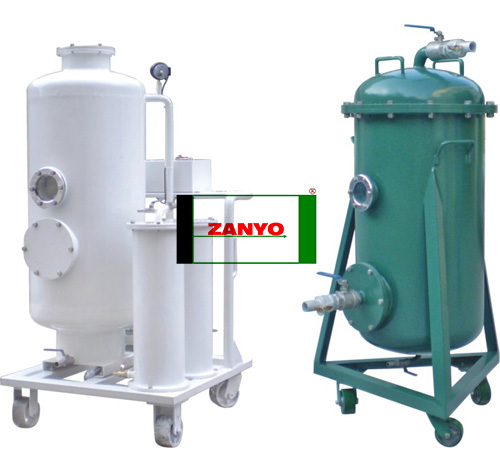How Regenerated Transformer Oil Expands Transformer Lifespan
The function of transformer oil is critical in guaranteeing the integrity and long life of transformers, offering as both an insulator and coolant. Regenerated transformer oil offers a compelling option to boost these features by properly getting rid of harmful impurities that jeopardize performance.
Value of Transformer Oil
Transformer oil plays a critical duty in the reliable procedure of electrical transformers. It mainly works as a shielding tool, stopping electric discharges and making sure that components operate securely under high voltage problems. The oil's dielectric residential or commercial properties are essential to keeping the stability of the transformer, as they reduce the risk of failures that can lead to disastrous events or costly downtimes.
Along with its insulating capacities, transformer oil additionally works as a coolant. As transformers operate, they generate warmth that needs to be dissipated to avoid overheating and subsequent damage. The oil flows within the transformer, transferring and absorbing heat away from crucial components, thus maintaining optimal operating temperature levels.
In addition, transformer oil works as a barrier against wetness and impurities, which can endanger the efficiency and longevity of the transformer. Its chemical residential or commercial properties aid in reducing the effects of acids and various other results that might form in time, contributing to the general health of the electrical system.
Advantages of Regenerated Oil

In addition, regenerated transformer oil has a lower degree of impurities, consisting of fragments and impurities that can break down performance. This purity not only boosts the oil's thermal conductivity but likewise extends the operational life-span of transformers by reducing overheating risks. The improved thermal stability of regenerated oil ensures constant performance also under high operating temperature levels, which is crucial for preserving transformer efficiency.
One more benefit is its environmental influence. Regenerated oil promotes sustainability by reducing waste and the demand for new oil manufacturing, therefore lowering the carbon impact connected with transformer maintenance. Regenerated Transformer Oil. Furthermore, the durability of regrowed oil translates to reduced upkeep costs with time, as less oil changes and much less regular equipment downtime are needed.
Refine of Oil Regeneration
The regrowth of transformer oil involves a methodical procedure made to restore the oil's initial buildings and improve its efficiency. This process typically starts with the removal of the used oil from the transformer, which is then subjected to various purification techniques.
The very first step in the regeneration process is the filtration, where strong impurities such as dust, sludge, and metal particles are eliminated. This is typically followed by vacuum cleaner distillation, which aids to eliminate moisture and unpredictable compounds, thereby boosting the oil's dielectric strength.

Impact on Transformer Performance
Bring back the buildings of regenerated transformer oil dramatically influences the general efficiency of transformers. Improved dielectric stamina is among one of the most essential benefits, as it allows for much better insulation and lowers the probability of electric break down. This renovation results in a much more stable operation under high voltage problems, inevitably resulting in raised effectiveness.
In addition, the removal of pollutants and destruction products during the regrowth process reduces the threat of overheating. Cleanser oil promotes better warm dissipation, which is crucial for maintaining optimum operating temperatures. As an effect, the thermal efficiency of the transformer is boosted, permitting greater loads without jeopardizing dependability.
Moreover, the chemical security of regenerated oil makes sure prolonged functional life. It resists oxidation and Check This Out deterioration, lowering the regularity of upkeep interventions and oil substitute. This security not only adds to enhanced performance yet also lines up with sustainability objectives by minimizing waste.
Future of Transformer Maintenance
As advancements in technology remain to reshape the landscape of electrical design, the future of transformer upkeep is positioned for considerable change. The integration of smart technologies, such as IoT sensing units and anticipating analytics, enables real-time monitoring of transformer wellness, boosting the capability to preemptively deal with issues before they rise right into major failures. This aggressive strategy not just makes the most of operational performance yet additionally prolongs the life expectancy of transformers.
Additionally, the application of synthetic intelligence (AI) in information evaluation enables for more exact mistake discovery and medical diagnosis. By leveraging artificial intelligence formulas, upkeep groups can recognize patterns in operational data that human analysts may ignore, leading to even more informed decision-making.
Additionally, the adoption of eco-friendly techniques, consisting of making use of regenerated transformer oil, is set to redefine upkeep procedures. This lasting method not only decreases ecological impact yet likewise boosts the overall wellness of the transformer.
Finally, the change towards automation in upkeep processes is anticipated to simplify procedures, decrease downtime, and reduced prices. As these advancements proceed to advance, the future of transformer maintenance will undoubtedly become much more reliable, reliable, and sustainable, making certain the integrity of crucial electric infrastructure.
Conclusion
The use of regenerated transformer oil dramatically enhances the operational durability of transformers. By properly restoring dielectric stamina and thermal security, this oil plays an important duty in mitigating dangers linked with getting too hot and oxidation. The regrowth procedure not just eliminates dangerous contaminations yet likewise minimizes maintenance frequency and oil replacement costs. Ultimately, the fostering of restored oil stands for an essential improvement in transformer maintenance, guaranteeing optimal performance and sustainability in the management of electric framework.
The function of transformer oil is important in making sure the integrity and durability of transformers, serving as both an insulator and navigate to this site coolant.Transformer oil plays a critical role in the efficient operation of electric transformers. Regrowed oil advertises sustainability check over here by lowering waste and the requirement for new oil manufacturing, therefore reducing the carbon footprint associated with transformer upkeep.Bring back the residential properties of regenerated transformer oil considerably affects the general efficiency of transformers.The usage of regenerated transformer oil significantly improves the operational durability of transformers.